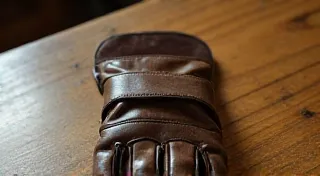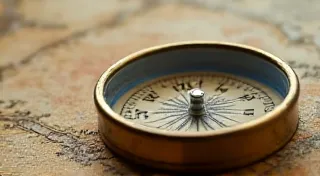Gilding the Silence: Recovering Lost Voices Through Vintage Pens
There's a particular kind of quiet that settles when you hold a vintage fountain pen. It’s not merely the absence of sound, but a profound stillness that hums with untold stories. These aren’t just tools for writing; they are conduits, bridges across time, allowing us a fleeting connection to the hands and minds that held them before. Collecting vintage fountain pen nibs, and experiencing the writing they produce, is less about possessing objects and more about engaging in a unique form of historical archaeology – excavating echoes of lives lived and words penned.
My own fascination began with a simple curiosity. I was sifting through a dusty antique store, not actively searching for anything in particular, when I spotted it – a Parker Duofold, its once vibrant burgundy now faded to a soft blush. It wasn't the pen itself that captivated me; it was the glimpse of the nib peeking out, its gold surface hinting at a craftsmanship lost to the age of mass production. The shopkeeper, a kindly woman with eyes that held the wisdom of countless forgotten treasures, let me try it. The moment the nib touched paper, everything shifted. The familiar scratch of a ballpoint vanished, replaced by a smooth, almost melodic flow. I was hooked.
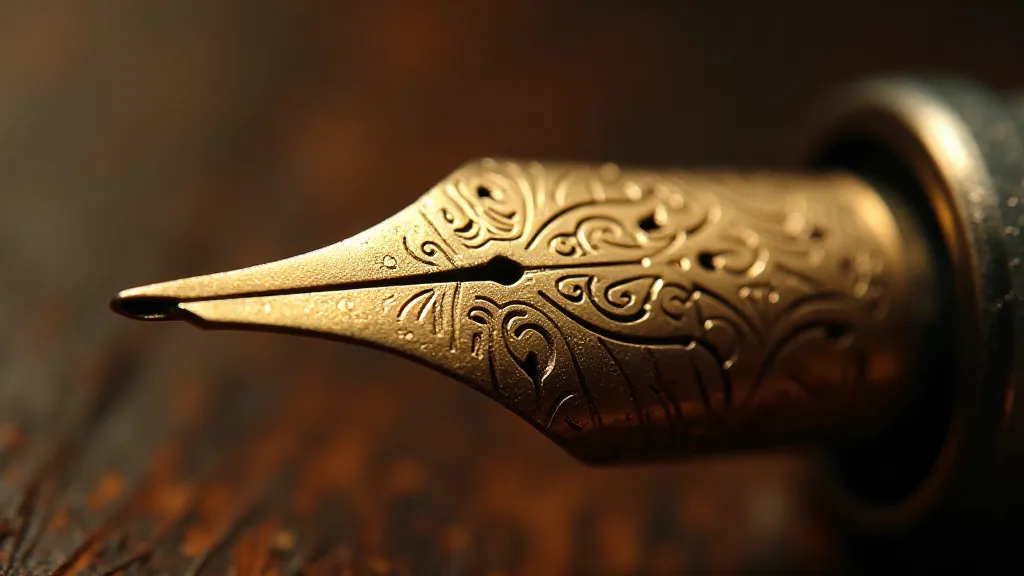
The Soul of the Nib: Craftsmanship and History
Vintage fountain pen nibs weren't simply manufactured; they were meticulously crafted. Each one is a miniature work of art, often featuring a degree of flexibility and responsiveness virtually unheard of in modern nibs. The material, typically gold (14k or 18k being most common), was chosen for its inherent properties – its ability to be shaped with precision and to yield to pressure, creating a line that dances across the page. The shaping process itself was a craft, passed down through generations of skilled artisans. Each cut, grind, and polish was crucial to the nib's performance. The variations in design – the subtle curves of a flexible nib, the precise shaping of a stub, the delicate point of an italic – all contributed to a unique writing experience.
Consider the context. Many of these nibs were created in a world far removed from our own. They were instruments used by journalists chronicling world events, by novelists crafting timeless stories, by poets searching for the perfect rhythm and rhyme, and by countless individuals simply recording the daily happenings of their lives. They were tools for communication, for creativity, and for connection, often used in a time when the written word held even greater significance. The nuances of ink flow, the feel of the nib against the paper, even the way a writer positioned themselves to utilize the instrument - all these subtle aspects contributed to a deeper connection between the writer and their work. Sometimes, I wonder if the imperfections—the slight tremor of a cartographer’s hand, reflected in the ink strokes on a map—add a layer of authenticity and vulnerability that is lost in today’s digital age. It makes you appreciate the dedication and effort put into every word.
The Feel of the Past: Writing with Vintage Nibs
The writing experience with a vintage nib is fundamentally different from that of a modern pen. The flexibility allows for line variation, a subtle shading that adds depth and character to the writing. The gold material provides a smooth, luxurious feel against the paper. And, crucially, there's a certain “feedback” – a subtle resistance and responsiveness that connects the writer to the act of creation in a way that modern pens often fail to achieve.
I remember once using a vintage Waterman nib, a “flexible” model, while attempting to transcribe a letter penned by a distant relative. The letter itself was poignant, detailing hardship and resilience during the early 20th century. As I wrote, guided by the flowing lines of the original script, I felt an almost tangible connection to the writer. The pen seemed to intuitively mirror the emotion within the words, adding a layer of depth and resonance that I hadn't anticipated. It wasn’t just about copying the words; it was about inhabiting the space of the original writer, feeling the weight of their experiences. The act of transcribing, too, demanded a certain mindfulness, an almost meditative state, forcing a deeper engagement with the text. It highlighted how a simple act of writing, performed with the right tool, could unlock a profound sense of connection and understanding.
Collecting & Preserving: More Than Just Ownership
Collecting vintage fountain pen nibs isn’t just about accumulating objects. It’s about preserving a piece of history, a tangible link to a bygone era. It’s about understanding the craftsmanship, appreciating the artistry, and sharing the experience with others. The community surrounding vintage pens is incredibly supportive and passionate, offering a wealth of knowledge and camaraderie. There are online forums, pen shows, and local groups where collectors can connect, share their finds, and learn from one another.
Restoration is another aspect of collecting that appeals to many. While some collectors prefer to leave their pens in original, untouched condition, others enjoy the challenge of bringing a neglected pen back to life. This can involve cleaning, polishing, and, in some cases, repairing or replacing components. The process requires patience, skill, and a deep understanding of the pen’s mechanics. Even minor restoration work can dramatically improve the writing experience and preserve the pen for future generations. Finding the right balance between preservation and restoration can be tricky; it requires a careful consideration of the pen's history and significance. It's about more than just making a pen look good; it's about respecting its legacy and ensuring that it can continue to inspire for generations to come.
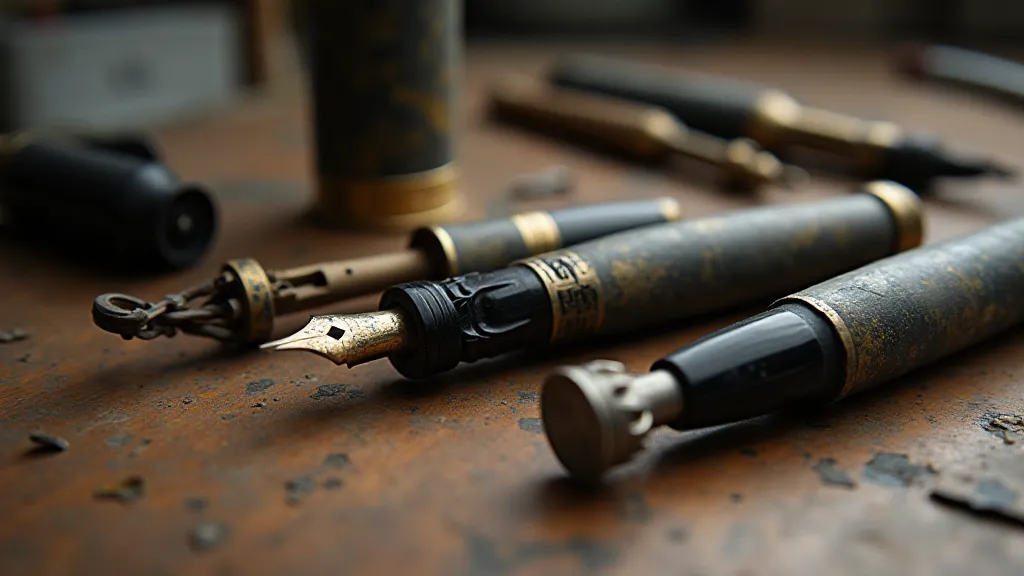
Beyond the Material: A Sense of Connection
The true value of collecting vintage fountain pen nibs lies not in their monetary worth, but in the sense of connection they provide. They are reminders that we are part of a larger story, a continuum of human experience. Each nib has a history, a purpose, and a story to tell. By holding one in our hand, we can glimpse that story, however briefly. It’s a deeply personal journey, a chance to explore not just the history of writing instruments, but also the history of human expression. As the nib glides across the page, it's easy to imagine the countless thoughts, emotions, and ideas that have been conveyed through its tip.
Think of the countless letters written with these pens – love letters, business correspondence, family updates, political manifestos. Each stroke of the nib carried a message, conveyed a feeling, and shaped the course of someone’s life. When we write with a vintage pen, we’re not just writing with ink; we’re writing with the echoes of those past voices, continuing a tradition that spans centuries. It’s a humbling and deeply rewarding experience. Sometimes, I feel as if I'm channeling the energy of the previous owner, their intentions somehow influencing my own writing. It’s a curious sensation, a reminder of the interconnectedness of human experience.
The very act of choosing a writing tool—the specific weight, balance, and character of the pen—can profoundly impact the creative process. For some, the tools almost dictate the type of writing that emerges. The choice becomes an extension of their voice, a physical manifestation of their inner world. It’s as if the pen is whispering suggestions, guiding the hand and shaping the thoughts. This deep connection between tool and thought is something that’s often overlooked in our digital age. It's something explored further in an article discussing The Scribe's Secret Garden: Finding Resonance Between Tool and Thought.
Beyond the practical aspects of collecting, there is also an aesthetic appreciation that comes into play. The intricate details of the nib's design, the patina of the gold, the warmth of the pen in the hand – all these sensory experiences contribute to a sense of wonder and delight. It’s a reminder that beauty can be found in the simplest of things, and that there is something profoundly satisfying about possessing an object that has been crafted with such care and attention to detail.
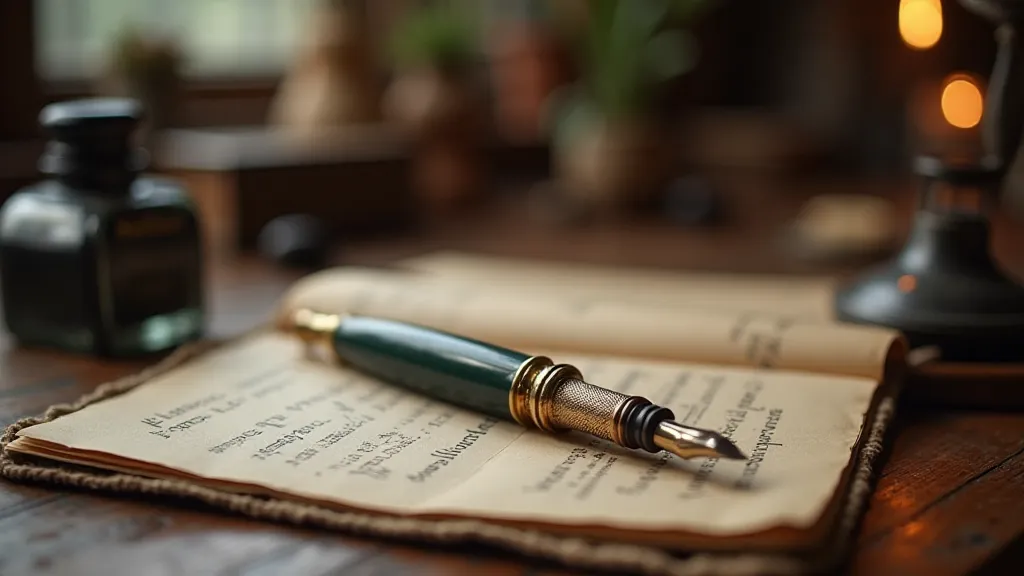
And for those interested in the historical context of writing tools, and the varying craftsmanship of pens from across the globe, you might find Beneath the Gold Leaf: A Comparative Analysis of European vs. American Vintage Nibs enlightening. It’s a fascinating look at the nuances of pen design and production over the years.
Ultimately, the enduring appeal of vintage fountain pens lies in their ability to connect us to the past, to inspire our creativity, and to remind us of the power of the written word. They are more than just writing instruments; they are vessels of history, carriers of emotion, and bridges between generations. It’s a tradition that deserves to be cherished and preserved, one nib stroke at a time.


